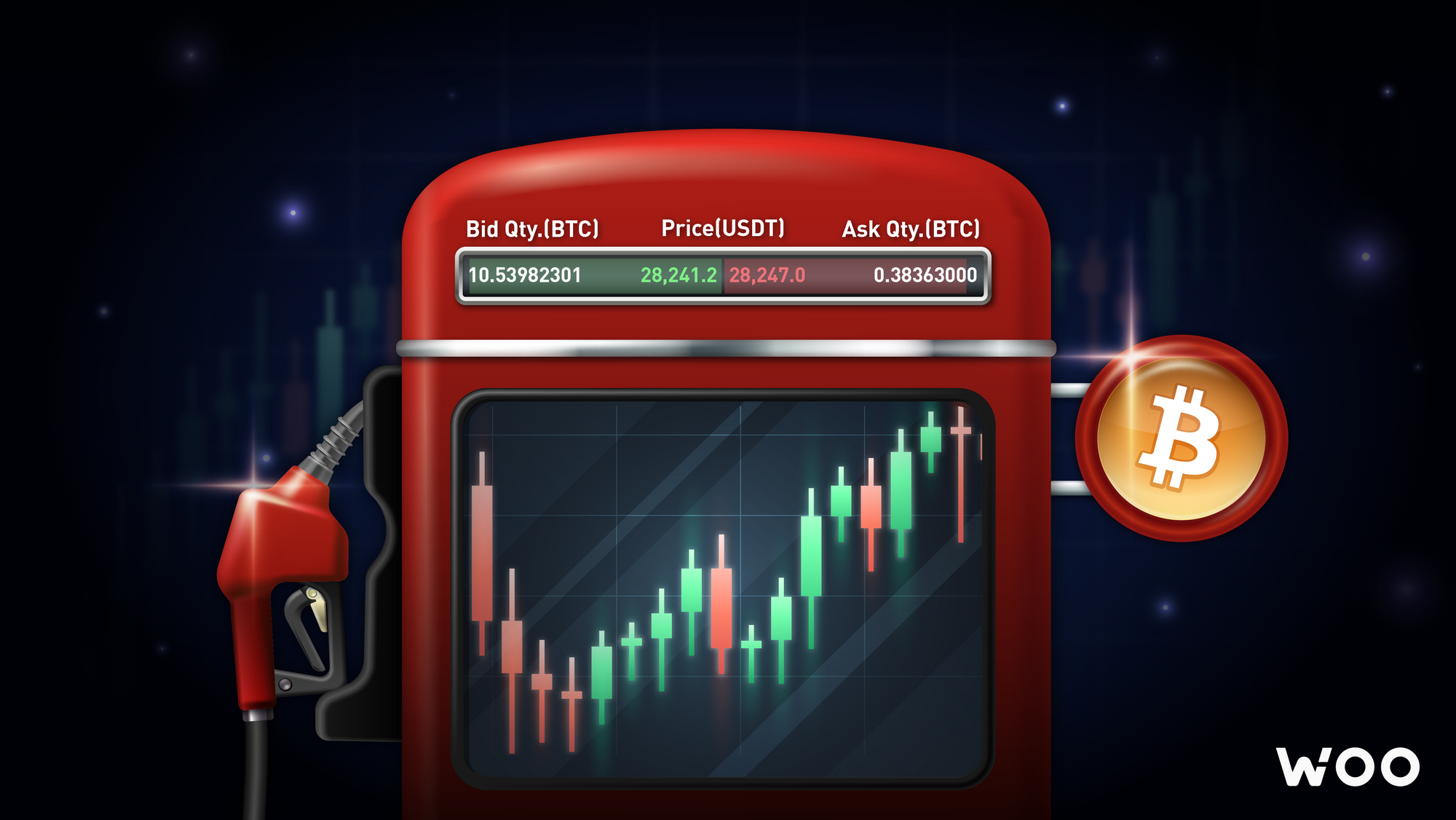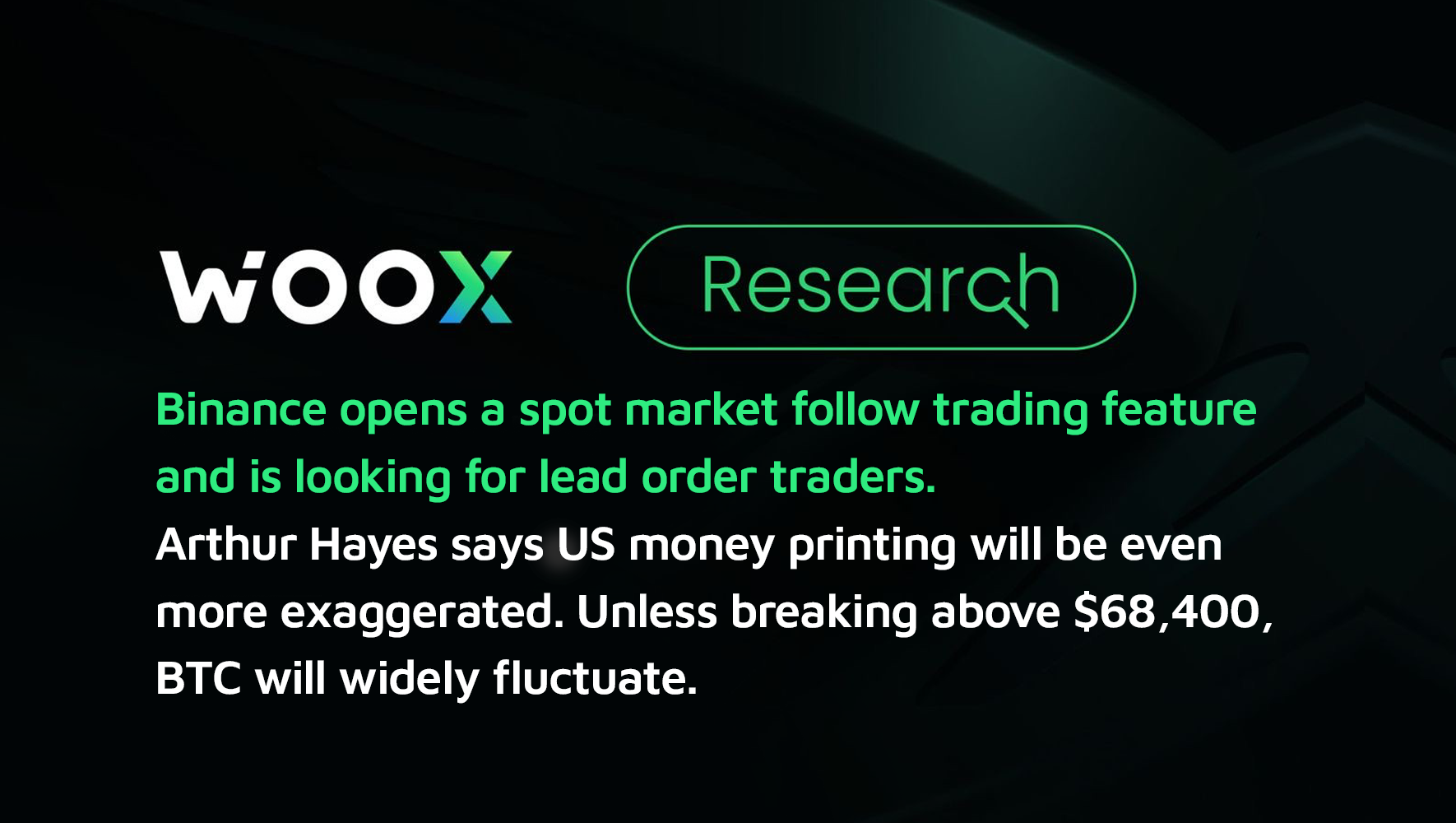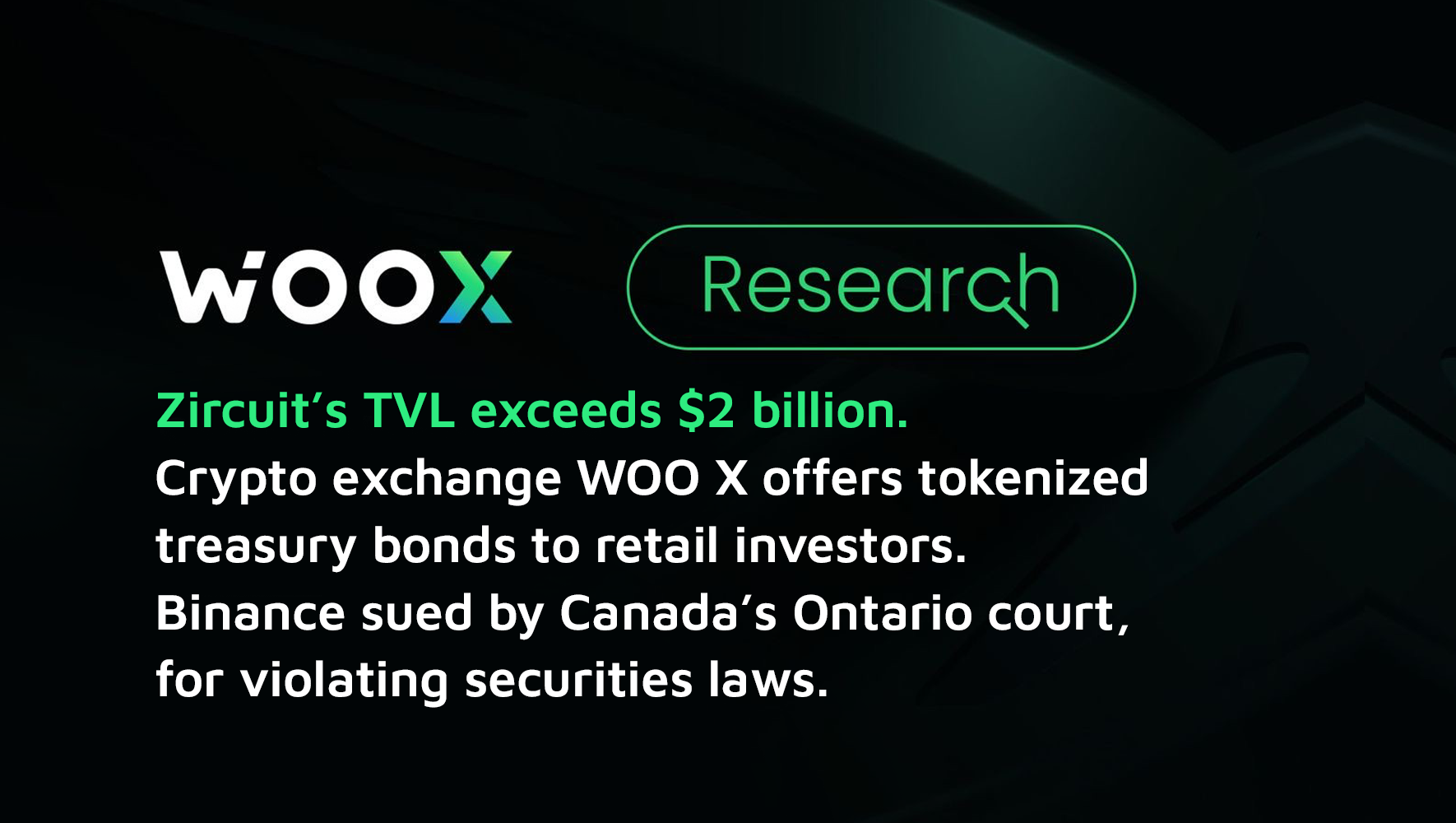article by CryptoJelleNL
As a trader, you are bound to run into fees and spreads. No matter the market you trade, all exchanges charge a selection of fees; in different shapes and forms. In this article, we dive into those spreads and fees and why they are crucial elements to consider in building your trading strategy.
Spreads and fees are how exchanges and market makers generate revenue. Without those revenues, the market makers would leave, and exchanges would close up shop. Paying your dues, therefore, is a necessary evil - no matter how badly you want to avoid fees altogether.
What are crypto trading fees?
Cryptocurrency exchanges these days offer a wide range of services – and they usually do not come free. Whether you are withdrawing your funds from the exchange, executing a trade, borrowing capital, or keeping a leveraged position open, it is nearly certain that you will be charged a fee.
The size of those fees varies per platform - resulting in a constant battle of competition between exchanges, trying to make you a better offer than the last one. Some exchanges have gone as far as offering fee-less trading to incentivise signups, but even these platforms are not without fees.
All in all - no matter the exchange, you will eventually run into a couple of the below fees:
- Maker Fees: Fees associated with executing limit orders. Maker fees are generally lower than taker fees because they help make the orderbook. (More on the orderbook later)
- Taker Fees: Fees associated with executing market orders. Taker fees are generally higher than maker fees because they take away liquidity from the orderbook.
- Leverage/Margin Fees: Fees associated with borrowing money to take on larger positions. If your leverage/margin position gets liquidated, you may be charged an additional liquidation fee.
- Funding Fees: Fees associated with keeping a leveraged position open.
Reminder: funding is a mechanism used to maintain the balance between the price of futures contracts and the price of the underlying asset. For example, when the perp trades higher than the underlying asset, traders in a long position are charged a funding fee in order to create selling pressure; restoring the balance.
- Network/Gas Fees: Fees associated with executing transactions on the blockchain.
- Withdrawal Fees: Fees associated with withdrawing capital from the exchange. Usually, these fees cover (a portion of) the network fee.
Again, these fees will vary per platform, and sometimes even per user. In the case of maker-and-taker fees, for example, many exchanges use a tiered structure, where traders with higher volumes are charged a lower rate.
Taking these fees into account is crucial in developing a trading strategy, especially for higher-frequency trading strategies, where fees can eat away at your profits much more quickly. Be sure to dive into the documentation of an exchange before using it, as some exchanges charge a wide range of expensive, hidden fees.
What is bid-ask spread?
Spreads are another cost in trading - something many traders fail to account for when picking their exchange of choice, even though it can have significant consequences on your profitability.
In order to fully grasp bid-ask spread, we must first understand what order books are; a database that collects and stores all available liquidity, displaying it in a simple manner. Order books show all buy and sell orders, providing insights into all available liquidity, demand, and supply. Order books are constantly updating, as new orders and liquidations enter the system.
Let’s look at the BTCUSDT order book on WOO X [an example only, you could also observe the same dataset on other exchanges]. Buy orders (bids; shown in green) and sell orders (asks; shown in red) are sorted by price and quantity.
This view is also where traders can see the bid-ask spread, otherwise known as the gap between the highest bid ($28,241.2) and the lowest ask ($28,247.0). This gap ($5.80) is referred to as the bid-ask spread; the difference between the price at which someone is willing to sell an asset and the maximum someone is willing to pay for it.
In most cases, the bid-ask spread is decided by simple supply and demand dynamics, resulting in relatively tight spreads. Other exchanges uphold a fixed spread as a revenue model for the market maker. As a general rule of thumb: the more volume and liquidity a market has, the tighter bid-ask spreads usually are.
Just like trading fees, bid-ask spread can have a huge impact on your profitability. If you use market orders, those small differences between buying prices and selling prices can add up over time. After all, you are buying at slightly higher than market prices, and selling slightly lower than market prices. With each transaction, a tiny portion of your profits goes to the market makers.
Extreme Example: Imagine you are trading DOGE, where the fair market price is $0.08 - and the spread is $0.01. If you market buy DOGE at the best available price ($0.085), your best available liquidity to offload these tokens sits at $0.075. The price of DOGE would have to move up 13 percent just for you to get out at break even!
Traders can minimize the effects of bid-ask spread by using as few market orders as possible - opting for limit orders instead. After all, limit orders allow you to specify the price at which you are filled, whereas a market order fills at the best available liquidity, resulting in suboptimal entries.
Closing thoughts
In sum, fees and bid-ask spreads are crucial elements to consider as a trader – they can make the difference between a profitable trading strategy, and one that loses money, especially in the case of higher-frequency trading.
Fees and bid-ask spread vary per exchange, product, and trading pair. Spreads can even fluctuate based on the available liquidity in the market. The main point is, every exchange will have a different fee structure, which makes it crucial to read up on the documentation of exchanges, before using them.
Take the time to understand the fee structures of your exchange of choice, and compare it to other exchanges as well. It is worth it to calculate the cost of your trading in a fixed timeframe (a month, for example) as this will help you understand the effects of different fee structures.
Author's Disclaimer: This article is based on my limited knowledge and experience. It has been written for informational purposes only. It should not be construed as investment advice in any shape or form.
Editor's note: CryptoJelleNL provides insights into the cryptocurrency industry. He has been actively participating in financial markets for over 5 years, primarily focusing on long-term investments in the stock market and crypto. While he watches the returns of those investments roll in, he writes articles for multiple platforms. From now on, he will be contributing his insights for AlphaCircle as well.
Check out his twitter: twitter.com/cryptojellenl



